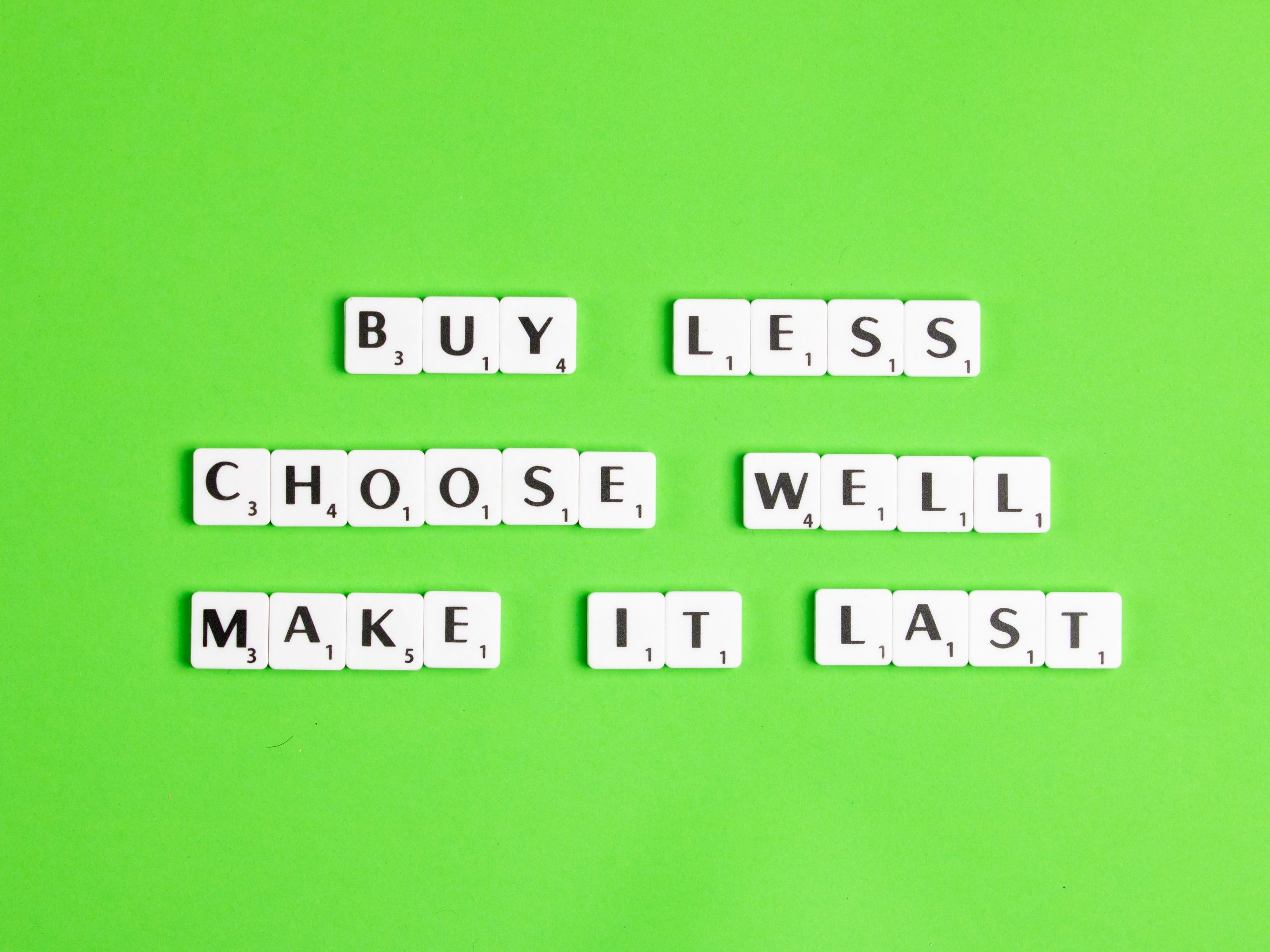As a stylist, I absolutely love fashion and clothes. Owning my style gees me up, gives me confidence and simply makes me happy. However, my Diploma in Retail Management brought some key issues to my attention, particularly around the devastating impact of (fast) fashion on our environment.
A study by Clothes Aid shows that, within the UK, we are sending an average of 350,000 tonnes of clothes to incineration or landfill every year (that’s £140 million of used but still wearable clothing ending up in landfill or incinerators within a year).
In 2019, a report by the BBC highlighted the staggering headlines from the Enviro Audit Committee:
- British shoppers buy 26.7kg of clothes per head, higher than any nation in Europe. People are buying twice as many items of clothing as they did a decade ago.
- 1.2 billion tonnes of carbon emissions are produced by the global fashion industry every year.
- Up to 3,781 litres of water can be used in a lifetime of a pair of jeans.
- Fish in the seas are eating synthetic fibres dislodged in the wash.
It’s no surprise, therefore, that fashion accounts for the world’s second biggest polluting industry. As well as the environmental impact of fast fashion, we cannot ignore the ethical issues also at stake. Fast fashion is often created in cramped factories in SE Asia, using child labour to make the garments we buy on our High Street today. A few years ago, a factory in Bangladesh that made clothes for Primark and Matalan collapsed, killing 1,129 people.
Doing nothing is NOT an option and we can make a difference if we change the way we think and consider doing the following:
- Buy better, buy less. Shift your mindset to buying less…but do spend a bit more on an item so it lasts longer and is less likely to be viewed as “throwaway”. Also think carefully before you buy – if it’s a trend-led item will you be wearing this in six months? Can you mix and match this with other items in your wardrobe? If no, then think twice before you buy. Always make your clothes work for you…and the cost per wear goes down!
- Increase your sustainable awareness. There are many diverse ethical and sustainable brands now in the marketplace and I can recommend labels in line with your own style. On the High Street, many brands such as Whistles and H&M are increasing their sustainable inventory. Some brands, such as Zara, have recycling schemes in-store which repurpose garments to give them a second life and support non-profit organisations.
- Donate. Don’t send any unused clothes to landfill. Gift them to a local charity cause close to your heart and turn your unloved threads into cash for vital fundraising.
- Recycle. Rather than going to Primark and spending £2.50 on a throwaway t-shirt, go to your local charity shop and have a good rummage. Also a consideration for lovers of designer labels; charity shops in higher-end enclaves within cities often stock pre-loved designer clothing. In Edinburgh the Cattitude Boutique in Dundas Street, run by the charity Cats Protection, is a prime example of this. Here, I found a Burberry mac, vintage pieces by Christian Dior, Vivienne Westwood and mint-condition Salvatore Ferregamo shoes.
- Upcycle. Revamp and extend the life of existing clothes in your wardrobe. An example is by changing the buttons – for example swapping standard buttons on a classic black blazer with a pearl variety will instantly elevate this item whilst lending a Chanel-esque feel.
- Clothes ‘shwapping’ parties. Consider hosting a ‘shwapping’ party with friends (this can even be done online) where you can sell or swap clothes. This will mean pre-loved clothing won’t go near landfill…and will be brought back to life by delighted new owners.

